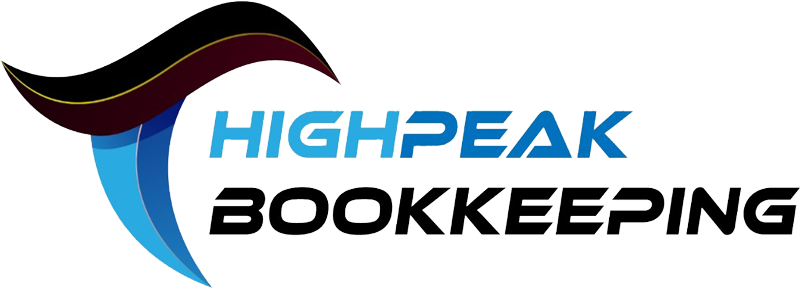Cash flow is often called a business’s ” lifeblood,” and for good reason. It’s more than how much revenue your business generates; it’s about how well you manage the flow of money in and out of your accounts. Even a profitable business can run into trouble if you’re not careful about cash flow.
In this blog, we’ll explain cash flow, why it matters, and how you can keep it flowing smoothly to ensure your business thrives.
What is Cash Flow?
Before diving into strategies, let’s define what cash flow means.
Cash flow refers to money in and out of your business. It’s the net amount of cash transferred into or out of your accounts. In simpler terms, it’s what’s left after paying all your bills.
There are two kinds of cash flow:
- Positive Cash Flow: When more money is coming in than going out. This is what you want!
- Negative Cash Flow: When more money is going out than coming in. This can be a warning sign if it continues over time.
Cash flow is generally broken into three categories:
- Operational Cash Flow: Money from your core business operations (sales, services, etc.).
- Investing Cash Flow: Money from investments like equipment or real estate.
- Financing Cash Flow: Money from loans or capital from investors.
The Importance of Cash Flow Management
Cash flow is crucial because even the most profitable companies can be in trouble without it. Here’s why managing it effectively matters:
- Covering Expenses: You must have enough cash to pay suppliers, employees, and other operational costs.
- Investing in Growth: Healthy cash flow allows you to invest in expansion opportunities, whether new equipment, staff, or product lines.
- Handling Emergencies: Cash flow is your safety net when unexpected expenses arise or sales slow down.
One of the most common misconceptions is clarification on profit with cash flow. Profit is what’s left after deducting all your business expenses from revenue. At the same time, cash flow focuses on the actual movement of money. A profitable business can still face cash flow shortages if money isn’t available when needed.

Common Cash Flow Challenges Businesses Face
Cash flow can be challenging to manage. Here are a few common challenges you might encounter:
- Seasonal Fluctuations: Some businesses experience ups and downs based on the time of year. For example, retailers might see high cash flow during the holidays and lower cash flow during off-seasons.
- Late Payments from Customers: If clients don’t pay timely, it can create a cash flow bottleneck, delaying your ability to pay bills or invest in growth.
- Poor Forecasting and Planning: You may need proper cash flow forecasting to prepare for lean periods.
- Rising Operational Costs: Over time, rent, utilities, and supplies can creep up, reducing your available cash.
Practical Tips for Improving Cash Flow
Improving your cash flow doesn’t have to be complicated. You can be sure your business stays financially healthy with a few strategic moves. Here’s how:
- Forecasting Cash Flow
Create regular cash flow forecasts to project future income and expenses. This will help you spot any potential shortages in advance and take proactive steps to tackle them.
- Speed Up Receivables
Late payments can choke your cash flow. Here are a few ways to speed up customer payments:
- Set Clear Payment Terms: Make sure your invoices state payment due dates.
- Offer Early Payment Discounts: Consider offering a small discount to clients who pay early.
- Automate Invoicing: Use bookkeeping software like QuickBooks to send automatic reminders and streamline invoicing.
- Control Expenses
It’s always good to review your expenses regularly. Look for areas where you can cut costs without sacrificing quality. For example, you can find a more affordable supplier or switch to a software tool that provides better value.
- Negotiate with Suppliers
Contact your suppliers and see if you can negotiate longer payment terms. Extending the period between receiving and paying for goods can give you more breathing room.
- Maintain a Cash Reserve
Building a cash reserve is one of the best ways to safeguard your business. Even a tiny buffer can help you navigate slow periods or unexpected costs.

Monitoring and Analyzing Cash Flow
Monitoring your cash flow should be considered. Tracking it regularly is essential to spot any issues before they become critical. Here are some tools and resources to help:
- Bookkeeping Software: Tools like QuickBooks or other cash flow management software can simplify the process by providing real-time updates.
- Professional Help: If cash flow management feels overwhelming, don’t hesitate to get help. An experienced bookkeeper or accountant can provide expert advice and help you stay on track.
Conclusion: Keep the Lifeblood Flowing
Cash flow truly is the lifeblood of any business. With proper management, even profitable companies can avoid serious trouble. The key points to remember are:
- Cash flow is different from profit—managing both is essential.
- Typical cash flow challenges, like late payments and rising costs, can be mitigated with proper planning.
- Making simple forecasts, managing expenses, and improving terms with suppliers can have a significant impact.
By being proactive and monitoring your cash flow, you can ensure your business has the financial health it needs to grow and thrive.
Need help managing your business’s cash flow? Let’s talk! Schedule a FREE consultation to see how HighPeak Bookkeeping can help streamline your financial operations and keep your business on track!

